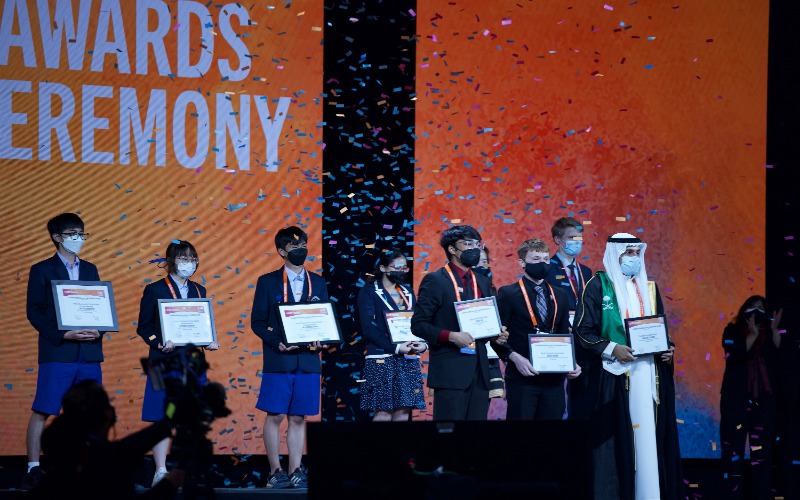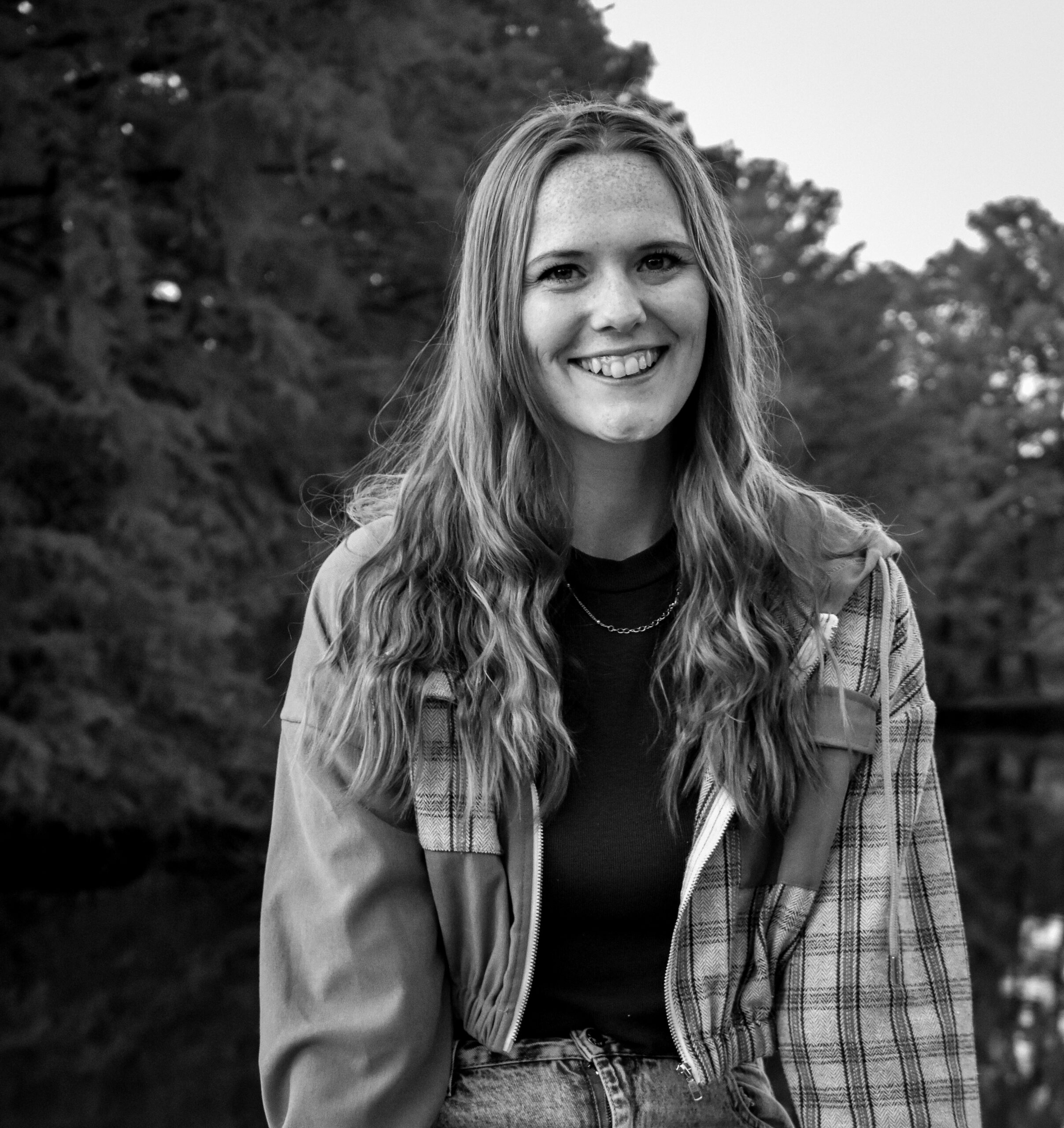National Geographic’s Science Fair: The Series highlights students tackling contemporary topics while vying for a spot at the International Science and Engineering Fair (ISEF), which is known as one of the most competitive science fairs worldwide. The series shows the incredible journeys of these competing students in their unwavering pursuit of excellence. Additionally, the show captures the dynamics among families and educators as they support the students. The inspiring and uplifting series premieres on Dec. 10 on National Geographic and Dec. 11 on Hulu and Disney+.
Innovation & Tech Today spoke with Science Fair: The Series directors, Cristina Costantini and Darren Foster, about the inspiration behind capturing the story, the importance of grasping the personal journeys of students, parents, and teachers alike, and how the series will impact education and science engagement for viewers.
Innovation & Tech Today: What inspired you to create a series that covers the world of high school science competitions, particularly ISEF?
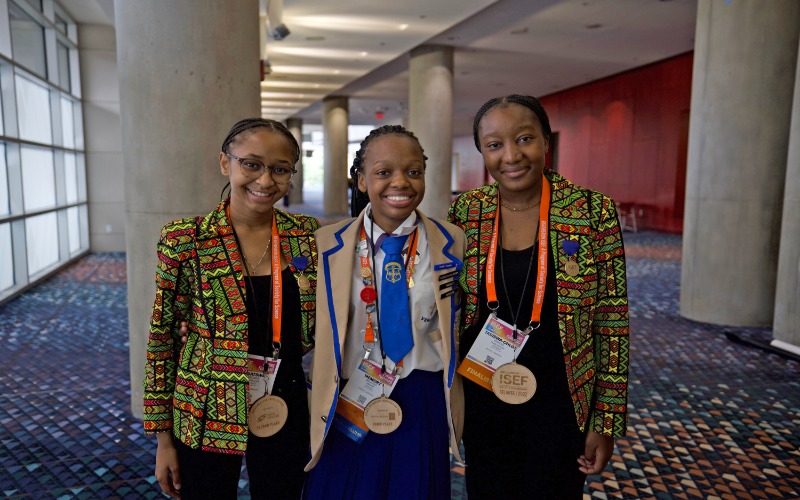
Cristina Costantini: I was a competitor at ISEF in high school. It changed my life. It was a lifeboat to me during my dark years of high school. It’s where I found my tribe. It’s where I was reinforced for my ideas, which was really important. I was not good at many other things, but this was a world where I was celebrated for my ideas and innovation. It was very fun for me. As a high schooler, I was like, “Wow! 2,000 nerds in one room? This is fun.” I thought about how nobody has captured or shared this. I was amazed that there was no depiction of the science fair world.
So Darren and I are investigative journalists, and we were doing a serious story about fentanyl in 2015. In the middle of making that film, I started telling Darren about science fair stories, and we both started talking about how this might be a fun little break for us from what we did professionally. So we spent some time at the science fairs, and Darren immediately fell in love with it.
The kids have real stakes in their lives. They’re doing important things. The world is so dark, and this gives us so much hope. We decided to do a feature, and it went to Sundance. It did very well. And then National Geographic asked us if we wanted to do it again and do it bigger. And we said, yes, of course.
I&T Today: The series covers a wide range of scientific topics. How did you go about selecting the specific projects and students featured in the series?

Darren Foster: For us, it was important to show the sort of cross-section of the kinds of students that arrive. There are kids from all around the world with diverse projects, ideas, and backgrounds in terms of education. That’s how you wind up with a school like Jericho, which is a perennial powerhouse. They have an incredibly well-resourced and supported research program. And then you have newcomers like Zimbabwe. 10 years ago, there was no such thing as a science fair in Zimbabwe.
It’s 2,000 kids from around the world, 70 different countries. And so, the hardest challenge was selecting which kids to focus on. To us, it’s just about finding the right mix.
I&T Today: The series not only explores scientific projects but also the emotional stories behind them. How important was it for you to show the personal journeys and challenges of the students, families, and teachers involved?
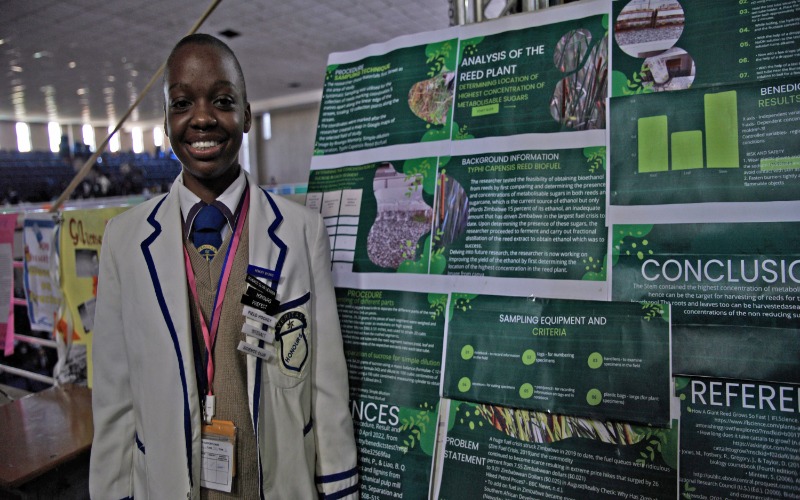
Costantini: That’s a big part of what goes into us choosing different students over other ones. It’s easy to cast the perennial powerhouses, the people who always win. But the long shots and underdogs are the harder ones to pick. There are several students in our series where the science fair was their way out.
It was the thing that would get them into college or get them money for college. For those kids, the stakes felt high. Most of the other kids will be okay. They’ll go to great schools and go on to great things whether or not they win this science fair. I think you get so invested in the students that a science fair win will be the difference between them getting a scholarship and then going to a great program where they’ll be able to continue their interests. As a filmmaker, you try not to get too invested in any of the stories, but it’s impossible because you’ve been following them for so long.
I&T Today: Throughout the filming process, were there any moments or specific stories that stood out to you as memorable or impactful?
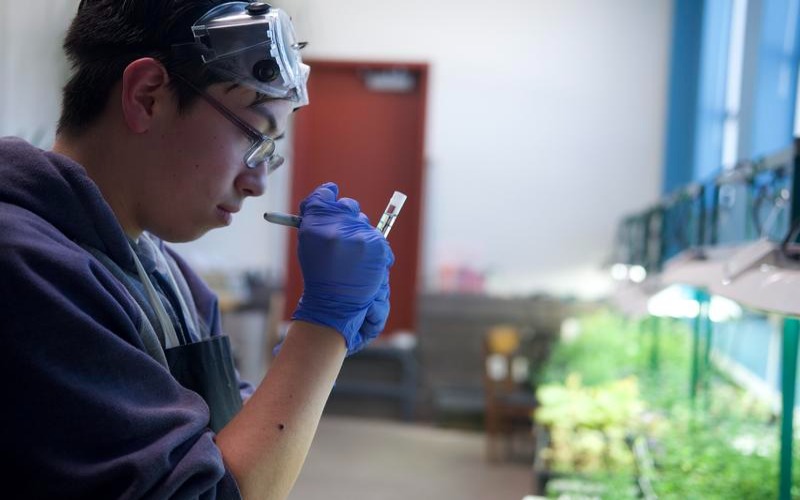
Foster: Carlos is into botany. He loves plants, specifically potato plants. And, shocking news, Carlos comes from a family of farmers who depend on growing potatoes for a living.
A lot of the time, these personal stories that we tell of the individual students relate to their projects. I think the key point in what we find so inspiring about these students is that they see a problem, confront it, and try to figure out solutions. It’s all too easy, and many of us don’t rise to those challenges on an everyday basis. This science fair allows these kids to address those kinds of issues in a meaningful way, and they get recognition for that work.
I&T Today: How do you envision the series impacting education and science engagement, especially among younger audiences who might be inspired by the stories of these young scientists?
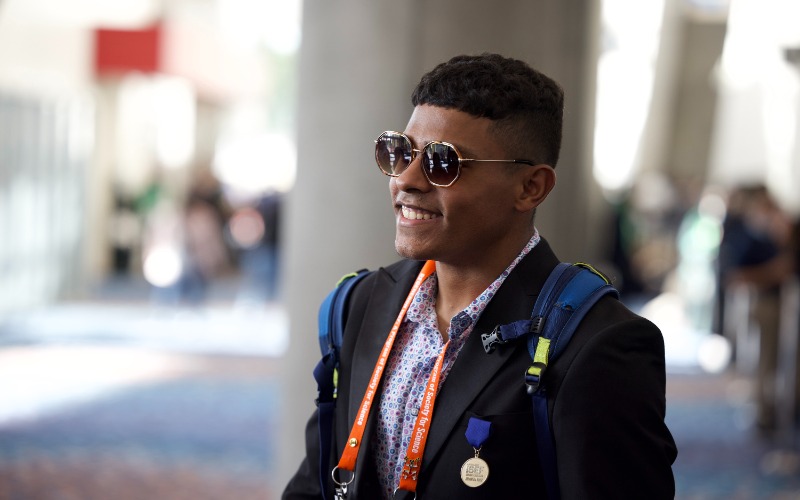
Costantini: I hope Science Fair: The Series gets kids excited about participating. Oftentimes, science feels dense and boring. It can be intimidating, and I hope that people watch it and see that the students have amazing brains, but they’re also regular kids. They’re teenagers going to high school dances, involved in student councils, participating in band, and doing normal high schooler things. But also, they’re following their passions and exploring their interests too.
I would encourage kids, especially those who might not feel like they are getting the most out of school or feel it’s not for them, to try out science fairs. It might be for you because you can do whatever interests you and take it as far as you want. It’s all about exploring your curiosities. It’s an incredible world for creative thinking and problem-solving.


